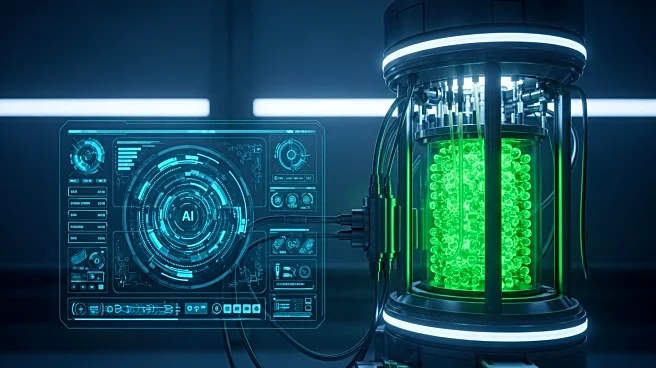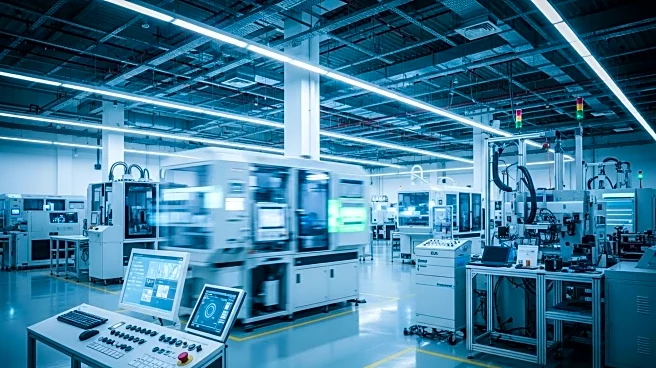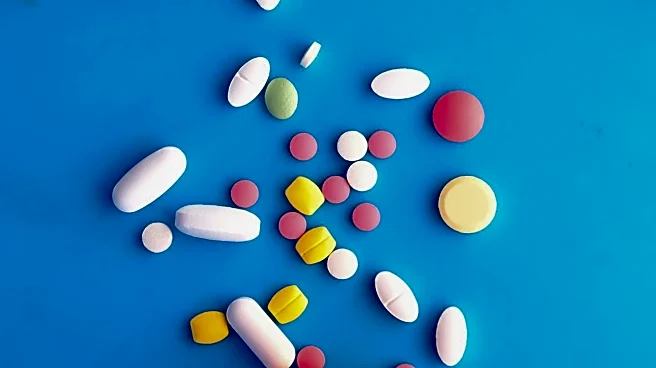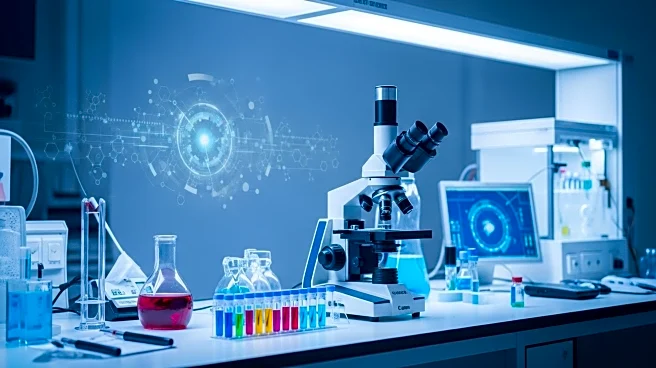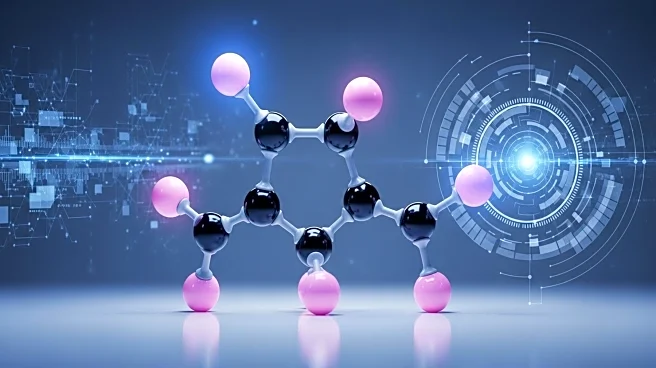What is the story about?
What's Happening?
Bioprocess 5.0 represents a new era in biomanufacturing, integrating advanced digital technologies, automation, and sustainability principles to streamline the production of biological products such as pharmaceuticals, vaccines, and enzymes. This approach utilizes artificial intelligence tools to optimize bioprocess parameters in real-time, improving quality and standardization. The use of 'digital twins' allows for scenario testing, minimizing risks to actual production runs. Sustainability goals are also prioritized, with companies like MilliporeSigma aiming to increase renewable energy usage in production processes. The initiative seeks to connect upstream and downstream efforts, focusing on yield, robustness, and reproducibility.
Why It's Important?
The integration of AI and digital technologies in bioprocessing could significantly enhance the efficiency and consistency of biological product manufacturing. This advancement is crucial for the commercial viability of therapies for rare diseases, potentially benefiting many individuals with unmet medical needs. The focus on sustainability aligns with global efforts to reduce environmental impact, making bioprocessing more eco-friendly. The ability to scale personalized therapies, such as CAR T manufacturing, could expand treatment options for larger patient populations, addressing critical health challenges.
What's Next?
The bioprocessing industry is expected to continue evolving, with further integration of AI and digital tools to enhance manufacturing capabilities. Companies may focus on reducing the environmental footprint of individual products and increasing the intensification of bioprocessing. The development of eco-friendly and disposable products is likely to be a priority. As personalized therapies gain traction, manufacturers and technology providers will need to develop scalable solutions to meet the growing demand.
Beyond the Headlines
The shift towards Bioprocess 5.0 highlights the balance between human decision-making and digital tools, emphasizing the importance of human-centric automation. This approach ensures that scientists work alongside software, rather than being replaced by machines, maintaining a holistic perspective on industry changes. The potential for transforming N-of-1 therapy into N-of-many therapies could lead to broader access to treatments for rare diseases, addressing significant unmet medical needs.
AI Generated Content
Do you find this article useful?
